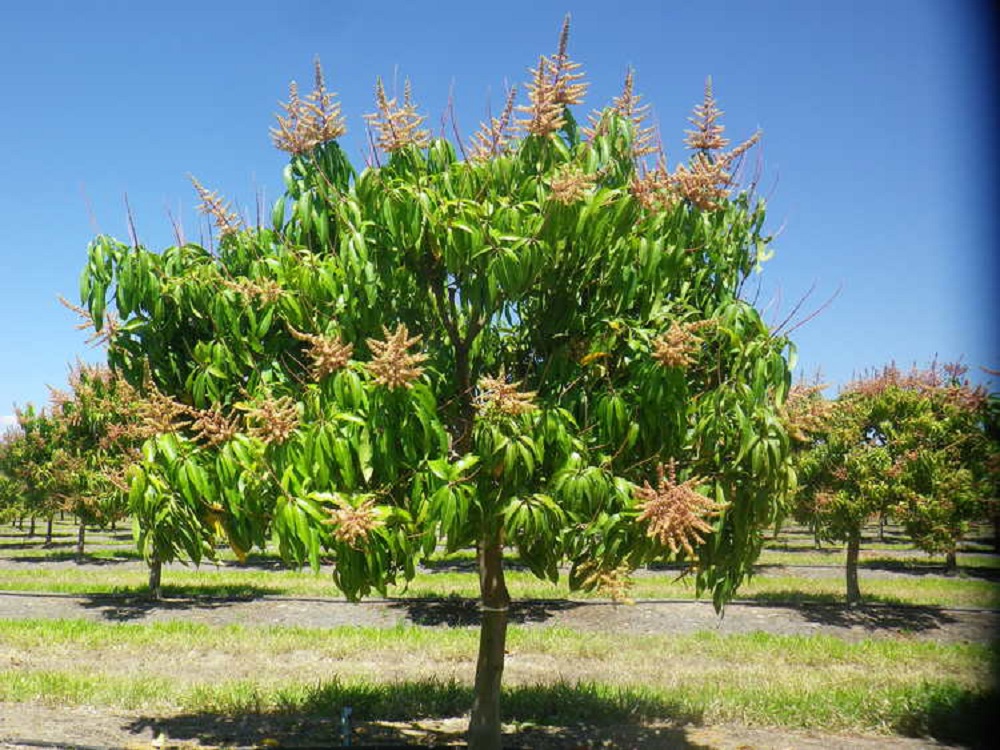Amba - Mango Tree

Mangifera indica
Summary
Scientific Classification
Kingdom: Plantae
Division: Magnoliophyta
Class: Dicotyledonae
Order: Sapindales
Family: Anacardiaceae
Genus: Mangifera
Species: L.indica
Scientific Name: Mangifera indicaL.
Common names
English : Indian mango.
Hindi: aam, ambo, amra, amuva, anb-ka-per, kairi, keri.
Marathi: Amba.
Discription
- Habit and Habitat: Tree is medium to large , evergreen with symmetrical, rounded canopy ranging from low and dense to upright and open. Terrestrial habitat.
- Distribution: Native to tropical Asia and cultivated in the Indian subcontinent for over 4000 years and is now found naturalized in most tropical countries.The natural distribution of M. indica is in the Indo-Malesian region, specifically India and Myanmar. Wild populations can be found in the Assam-Chittagong Hills in India and in Myanmar.
- Morphology:
Leaf: : Simple, alternate, exstipulate, leathery, oblong-lanceolate to linear. Depending on variety the shape of the leaves are variable.
Inflorescence: The inflorescence is branched panicle borne at shoot terminals.
Flowers: Flowers are either male or hermaphrodite both borne within a single inflorescence, yellowish-green in colour in terminal panicles; pedicels jointed; bract deciduous.Calyx: Sepals five ovate-lanceolate, concave, finely pubescent.Corolla:Petal five elliptic-lanceolate to obovate-lanceolate.
Androecium: Presence of stamens and staminodes, altogether five in number, of which usually one or rarely two are fertile and the rest are sterile.
Gynoecium: ovary sessile, superior, oblique, 1-celled, ovule pendulous; style lateral with simple stigma.
Fruit: The mango fruit is a large, fleshy drupe, containing an edible mesocarp of varying thickness.
Seeds: Mango seeds are solitary, large and flatwith ovoid oblong in shape and surrounded by the fibrous endocarp at maturity. The testa and tegumen are thin and papery. Embryos are dicotyledonous.
Flowering and Fruiting time: February -June. - Propagation: By seed.
- Importance:
a.Extensively cultivated everywhere for its fine fruits.
b.The wood is used as timber, and dried twigs are used for religious purposes. - Location:
 Trees of Empress Botanical Garden - Project supported by
Trees of Empress Botanical Garden - Project supported by